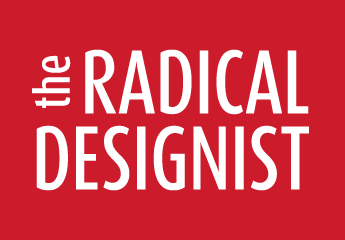Helena BARBOSA
Universidade de Aveiro
Abstract
The period of Portuguese history known as the Estado Novo (1933-1974) presents a series of contradictions as regards the directives issued, possibly resulting from a lack of political cohesion. Considering the dichotomy between modernization and tradition that existed between the 1940s and ‘50s, and the obvious validity of the government’s actions, this paper aims to demonstrate the contradictory attitudes towards the modernization of the country via different routes, highlighting the role of ‘designers’ as silent interlocutors and agents of change in this process. Various documents are analysed, some published under the auspices of the Estado Novo, others in the public sphere, in order to reveal the various partnerships that were in operation and the contrasting attitudes towards the government at the time. Other activities taking place in the period are also analysed, both those arising from state initiatives and others that were antithetical to it. The paper reveals the need to break with the political power in order to promote artistic and cultural interests, and describes initiatives designed to promote industry in the country, some launched by the Estado Novo, others by companies. It focuses upon the teaching of art, which later gave rise to the teaching of design, and on the presence of other institutions and organizations that contributed to the modernization of Portugal, in some cases by mounting exhibitions in Portugal and abroad, as well as other artistic activities such as graphic design, product design and interior decoration, referring to the respective designers, artefacts and spaces.
Design Policies | December 2015 | 03/06

